The Support You Need. The Settlement You Deserve.
Laws and Your Rights! California Skateboard Injury Lawyer
Home » Personal Injury » Laws and Your Rights! California Skateboard Injury Lawyer
Maison Law supports injured skateboarders hit by cars in California.
As most avid skateboarders know, California is home to some of the most iconic skateboarding spots in the world. From the legendary Venice Beach skate park to the famous triple stair set by the Santa Monica pier, California is a skateboarder’s paradise.
However, with the dense traffic areas that most skateboarders frequent in California, there’s potential for life-altering injuries to occur when drivers are careless or reckless around skateboarders.
So, whether you’re headed to your favorite skatepark, or learning to ride down the sidewalk for the first time on PCH, it’s important to know your risks and rights if you get hit by a vehicle while skateboarding in California. Contact Maison Law today for a no-cost, no-obligation consultation.

How Maison Law Supports Injured California Skateboarders
If you’ve sustained severe injuries from a skateboard accident, it is essential to seek the counsel of one of our experienced California Personal Injury Lawyers at Maison Law. Our attorneys will protect your rights and take legal action to secure compensation on your behalf.
The damages we pursue for our injured clients include:
- Medical and hospital bills
- Property damages
- Occupational and physical therapy
- Lost earnings and wages
- Property damage
- Lost earning capacity
- Pain and suffering
At Maison Law, our firm has years of experience building strong personal injury cases for injured skateboarders in California. We’ll manage settlement negotiations with the insurance company, aid you in making well-informed decisions, help you secure fair compensation, and represent you in court if necessary.
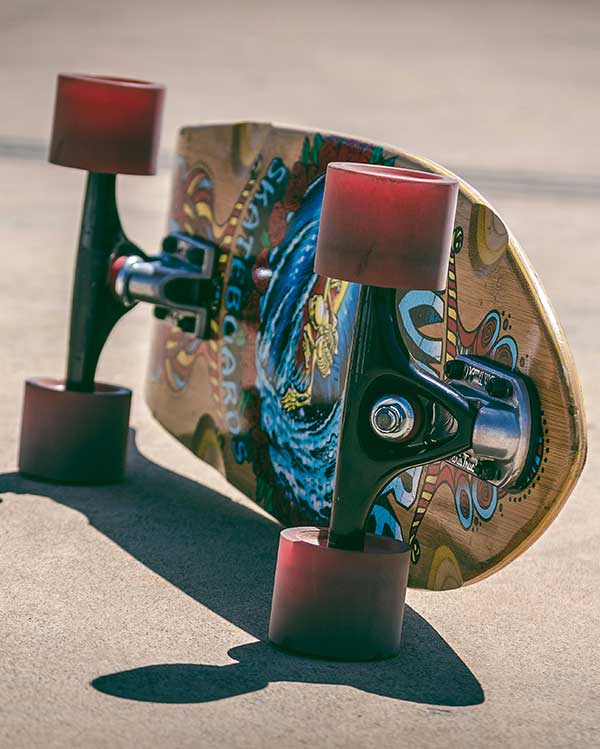
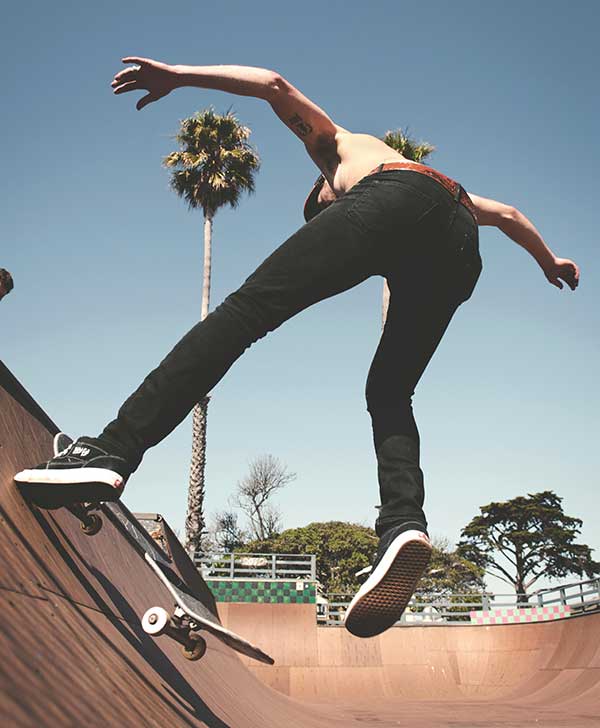
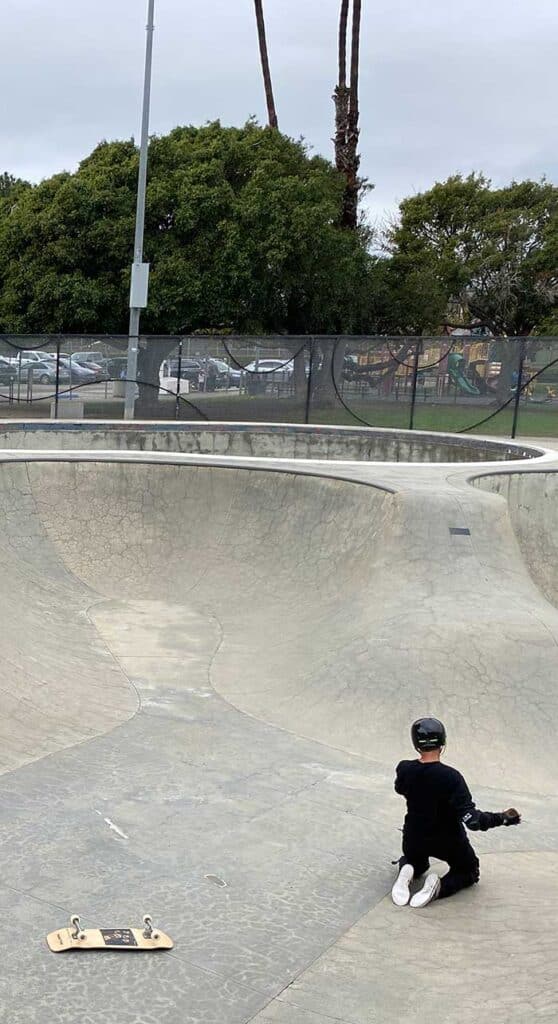
California Law and Skateboarder’s Rights
California is the skateboarding mecca of the United States with its beautiful scenery and ideal weather conditions. So, when participating in one of California’s most popular outdoor activities like skateboarding, it is crucial to ensure safety and legal compliance by understanding California’s skateboarding laws and the rights of skateboarders.
California state law permits local governments to form their own skateboarding laws. However, in the state of California, all bicyclists, scooter riders, and skateboarders have the legal right to use the road in California. But even with the general right to skateboard on the road, there are provisions skateboarders must follow:
- Skateboarders under the age of 18 are required by law to wear helmets at all times
- Must stop at stop signs and red lights
- Must yield to all vehicles at yield signs
- Skateboarders are required to yield to both marked and unmarked crosswalks
- Must not impede traffic or interfere with the flow of traffic
- Cannot be towed by a motor vehicle or bicycle at an unsafe speed
- Skateboarders must yield to bicyclists in the bike lane
- Skateboarders cannot leave a curb or any roadside place of safety and travel in the path of a vehicle
Laws for Motorized Skateboards in California
Electric skateboards, or “hoverboards” are becoming increasingly popular among active, outdoor-loving California residents. But while there are laws that allow the legal operation of motorized skateboards on California streets, there are also laws to regulate them. In October 2015, then-Governor Jerry Brown signed AB 604 into law. This law allows people 16 and older to ride electric skateboards in California bike lanes, sidewalks, trails, and roads where the speed limit is 35 miles per hour or less. Those operating an electrical skateboard are required by law to wear a helmet, and for riding at night, the law states the rider must wear reflective gear and have a light on their board.
Can I Get a DUI on an Electric Skateboard?
While riding an ordinary skateboard intoxicated will not result in a DUI, riding an electric skateboard under the influence of drugs or alcohol is against the law. This is covered specifically in Section 21296 of the California Vehicle Code, which states:
“(a) It is unlawful for a person to operate an electrically motorized board upon a highway while under the influence of an alcoholic beverage or any drug, or under the combined influence of an alcoholic beverage and any drug.
(b) A person arrested for a violation of this section may request to have a chemical test made of his or her blood or breath for the purpose of determining the alcoholic or drug content of that person’s blood pursuant to subdivision (d) of Section 23612, and, if so requested, the arresting officer shall have the test performed.
(c) A conviction for a violation of this section shall be punished by a fine of not more than two hundred fifty dollars ($250).”
Comparative Negligence in a California Skateboard Injury
In certain cases, a skateboard accident could be the fault of the property owner and the skateboarder. The term for this is comparative negligence. The way comparative negligence could play out in a skateboarding accident is if, for example, a skateboarder is watching their friends skateboarding on the other side of the street while they are crossing an intersection and they fail to see the “Don’t Walk” sign. A vehicle crosses the intersection and hits the skateboarder, causing them to fracture their wrist. Who is at fault?
While the driver may be liable for not making sure the intersection was clear, the skateboarder could be found partially liable for not paying attention to the “Don’t Walk” warning sign at the intersection.
So, in the context of a lawsuit, fault in this case would be determined by a “comparative negligence” system. Comparative negligence allows an injured party who shares fault for their injuries to receive compensation, a legal action covered by the Comparative Negligence Law, which states:
“Under the pure comparative negligence rule, the state allows the plaintiff to claim damages for the 1% they are not at fault even when they are 99% at fault.”
So, if the skateboarder in the example used above sustained $10,000 worth of damages and they were found 50% at fault, then they could recover $5,000 as their compensation will be reduced by 50%.
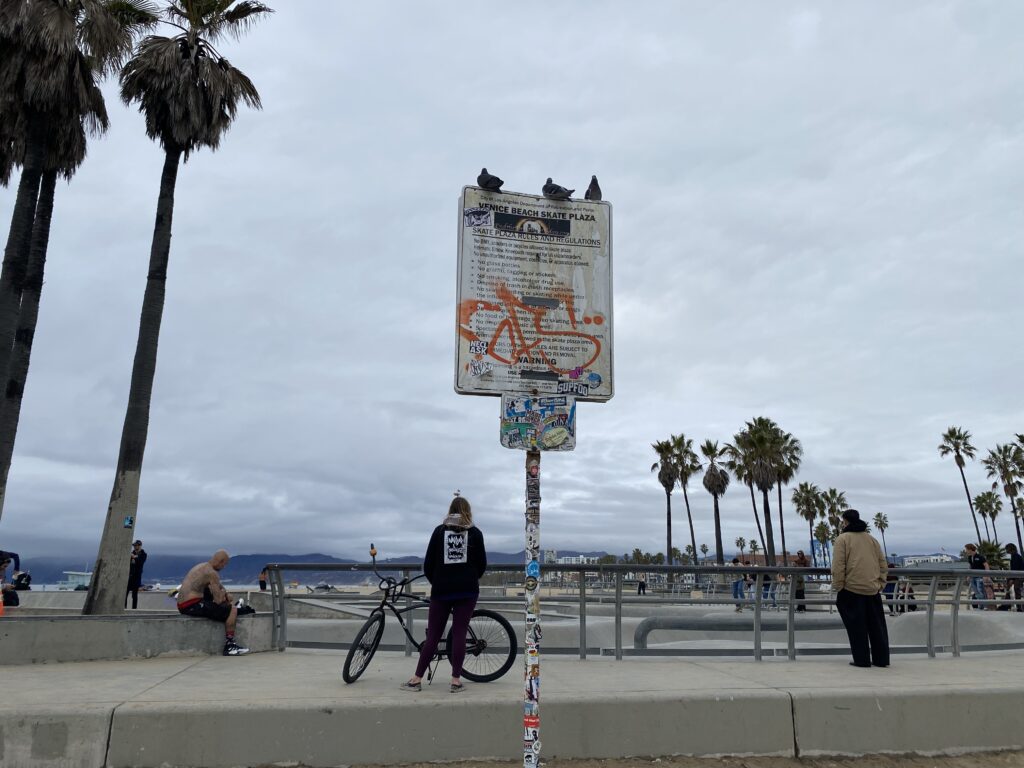
Filing a Claim Against the Government for a Public Park Skateboard Injury
Before you can sue a public entity in California for a skateboard injury, you must first file a claim with the government entity you intend to sue that meets the requirements of the California Tort Claims Act. This is covered in California Government Code 810-996.6. These laws apply specifically to public entities such as:
- State government
- County agencies and departments
- Local government agencies
- Government employees
If you are filing a personal injury claim against a local government entity for a skateboard injury, you can file a claim directly with the governing board or clerk. Many local departments have their own claim form for you to fill out, accessible at their offices or online.
To file a claim against California state agencies or employees you will need to go to the California Department of General Services, Office of Risk Management. This site allows for any person to file a government claim to receive compensation for damages caused by the state of California.
If the agency you are suing does not have a claim form, you still have options.
Under these circumstances, you can draft your own personal injury claim. Your written claim must include the following:
- Your name and address
- Address where you’d like to receive notice
- Date, location, and circumstances surrounding the wrongful death
- A general description of damages caused by the wrongful death
- The name of the employee (if applicable) or agency that caused the wrongful death
- The dollar amount you are claiming
- If you are claiming more than $10,000 you must state if your lawsuit will be considered a limited case (less than $35,000) or an unlimited case (a demand for more than $35,000).
Due to the complicated nature of filing a claim against a government entity, it is recommended to consult with an experienced Personal Injury Lawyer to help you understand the best way to take on the government.
This can be difficult to do, considering the government has far more legal protection than average citizens.
Government Agencies Have Sovereign Immunity
Filing a claim against a government entity can be challenging because of certain regulations, but it is possible to recover damages. One major difference from typical claims is that the injured victim only has 6 months to file a claim against a government agency, as opposed to 2 years for a non-government claim.
A government entity also has more ways to deny your claim through “sovereign immunity.” Sovereign immunity is when a government entity is not liable for injuries caused by the government entity or its employees as they are fulfilling their duty. However, the government is not allowed to declare sovereign immunity anytime they are at fault. The California Tort Claims Act gives exceptions in which the government can be held liable for damages in cases of excessive carelessness, or corruption.
California Skateboard Injury Statistics
Even with safety equipment, not every skateboarding injury is preventable. But one thing you can do is understand just how risky skateboarding is so you know what to expect and how to handle the aftermath of a skateboarding injury.
According to a study done by the National Library of Medicine, the average age for serious skateboarding injuries was 19 years old, with only 14% of all skateboarding injuries occurring in those 30 years and older. Additionally, 50% of all skateboarding injuries required emergency care.
In 2022, 230,506 people were treated in emergency rooms after being injured while skateboarding with 61,546 of those injuries occuring in skateboarders ages 15 to 24, according to the NSC.
According to the Semantic Scholar, neurosurgical intervention was needed in 14% of all skateboarding head-related injuries. Unfortunately, even with helmets, head injuries in skateboarding are still prevalent with 75% of all hospital-admitted skateboarding accidents being head injuries. The graph below shows the most prominent injuries skateboarders suffer.
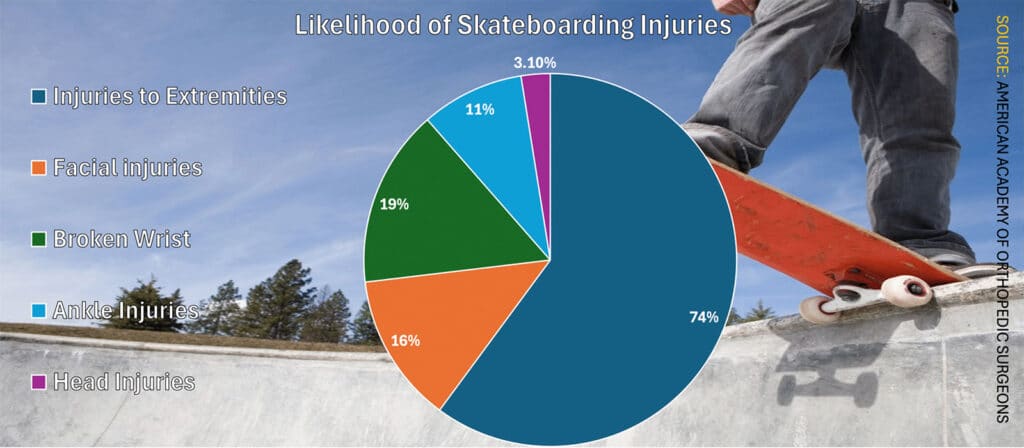
According to world-famous skateboarder Tony Hawk who has suffered hundreds of skateboarding injuries, his worst skateboarding injury was a broken femur. This particular injury has resulted in numerous complications and took him away from any physical activity for almost a year.
If you or a loved one has suffered a skateboarding injury that has required medical treatment or missed time at work, contact Maison Law to protect your right to compensation.
Common Skateboarding Injuries
Skateboarding is a physical activity that involves moving fast and catching air over hard surfaces. The combination of high speeds, metal, and concrete ledges, injuries are common hardships shared by all skateboarders, ranging from minor cuts, and broken bones, to catastrophic brain injuries. Some of the most common skateboarding injuries include:
- Nose fractures: a nose fracture involves a break in the nose bone. It often occurs due to direct impact or force applied to the nose, for example, when a skateboarder falls and hits their nose on the ground.
- Cheek fractures: a cheek fracture is a break in the cheekbone resulting from blunt force trauma to the face. Skateboarders will often overlook a cheekbone fracture as they’ll experience pain and facial bruising without realizing something is broken. For that reason, it is important to seek medical attention for any facial injuries.
- Lacerations: this injury occurs when the skin is cut or torn. It can occur when a skateboarder falls and hits their skin on a rough surface. These can range from minor cuts to deep gashes. It is essential to clean the wound immediately to avoid infection.
- Broken Teeth: broken teeth occur when a skateboarder falls and hits their mouth on the ground, or their skateboard. Teeth injuries range from small chips to complete tooth fractures. Tooth treatment can be extensive and requires root canal treatment in severe cases.
- Plantar Fasciitis: plantar fasciitis is a condition that occurs due to the irritation or inflammation of the plantar fascia, a band of tissue that connects the heel bone to the base of a skateboarder’s toes. This injury commonly occurs in skateboarders due to the intense, gripping motion of the toes while skating and poor calf strength.
- Head injuries and Concussions: skateboarding can lead to serious fall that may result in head injuries. There are two types of head injuries that can occur: closed and open. Closed head injuries do not break the skull, while open or penetrating head injuries when an impact breaks the skull and enters the brain. These injuries require immediate medical attention and can have severe consequences on a person’s motor skills and ability to function normally throughout their daily lives.
- Broken Bones: broken bones are common in skateboarding, mostly because skateboarders are gliding over concrete at high speeds while riding bowls or going for big air on a half-pipe. The most common bones skateboarders break include the wrist, ankle, elbow, arms, and legs. As most skateboarders know, the bigger the ramp, the bigger the risk.
Contact a California Skateboard Injury Lawyer
While California has laws skateboarders must follow to be safe, property owners, government entities, and other motorists still owe a duty of care for skateboarders. On the road, skateboarders are offered practically no protection from serious hazards, making them far more likely to be seriously injured in an accident, or in worse cases, killed. That’s why having an experienced Personal Injury Lawyer on your side is vital to your compensation.
The dedicated team of California Skateboard Injury Attorneys at Maison Law understand how essential it is to receive compensation after a skateboarding injury. Our firm will aggressively pursue liable parties to recover the maximum amount of damages you’re owed after your accident. Don’t wait until it’s too late to take legal action. Contact Maison Law today for a no-cost, confidential consultation to see what legal options are available for your situation.


